If you’re in the market for a new car, chances are you’ve heard the terms “financing” and “leasing” thrown around. But what do they mean, and how do you decide which option is right for you? In this article, we’ll unpack the differences between financing and leasing, and help you make an informed decision about your car payment options.
When you finance a car, you’re essentially taking out a loan to pay for it. You’ll make monthly payments on the loan until it’s paid off, at which point you’ll own the car outright. Leasing, on the other hand, involves making monthly payments to “rent” the car for a set period of time, typically two to three years. At the end of the lease, you’ll return the car to the dealership and can either lease a new car or purchase the leased car outright.
Both financing and leasing have their pros and cons, and which option is right for you will depend on your individual circumstances. In the next section, we’ll take a closer look at the advantages and disadvantages of each option, so you can make an informed decision about your car payment plan.
Understanding Car Financing

If you’re considering financing a car, it’s important to understand the basics of car loans, the pros and cons of financing, and how to evaluate loan terms and interest rates.
The Basics of Car Loans
When you finance a car, you’re borrowing money from a lender to pay for the car. You’ll typically make monthly payments over a set period of time, usually three to seven years. The total amount you borrow (the principal) plus the interest you’ll pay on the loan make up your total loan amount.
Car loans can be secured or unsecured. A secured loan means the lender can repossess the car if you don’t make your payments. An unsecured loan doesn’t require collateral, but typically has higher interest rates.
Pros and Cons of Financing
Financing a car has its pros and cons. On the one hand, it allows you to own the car outright once you’ve paid off the loan. You can also customize the car as you see fit and drive it as much as you want without worrying about mileage restrictions.
On the other hand, financing a car typically requires a down payment and higher monthly payments than leasing. You’ll also be responsible for maintenance and repairs once the manufacturer’s warranty expires.
Evaluating Loan Terms and Interest Rates
When evaluating loan terms and interest rates, it’s important to shop around and compare offers from different lenders. Look for lenders that offer competitive interest rates and flexible repayment terms.
Pay attention to the total cost of the loan, including interest and fees. Consider making a larger down payment to reduce the total amount you’ll need to borrow and lower your monthly payments.
In conclusion, financing a car can be a good option if you want to own the car outright and don’t mind the higher monthly payments. However, it’s important to understand the terms of the loan and compare offers from different lenders to get the best deal.
Exploring Car Leasing

If you are considering leasing a car, it is important to understand the lease structure and payments, benefits and drawbacks of leasing, as well as the lease agreements and end-of-lease options.
Lease Structure and Payments
Leasing a car is essentially renting a car for a set period of time, typically two to three years. During this time, you make monthly payments to the leasing company for the use of the car. These payments are typically lower than payments for financing a car because you are only paying for the depreciation of the car during the lease period, rather than the full purchase price of the car.
When you lease a car, you will also have to pay a down payment, which is typically lower than the down payment required for financing a car. Additionally, you may be required to pay a security deposit, which will be refunded to you at the end of the lease term if the car is returned in good condition.
Benefits and Drawbacks of Leasing
One of the main benefits of leasing a car is that you can drive a new car every few years without having to worry about selling or trading in your old car. Additionally, because lease payments are typically lower than financing payments, you may be able to afford a nicer car than you would if you were financing.
However, there are also drawbacks to leasing a car. For example, you will have mileage restrictions and will be charged a fee if you exceed those restrictions. Additionally, you will not own the car at the end of the lease term, unless you choose to buy it outright.
Lease Agreements and End-of-Lease Options
When you lease a car, you will sign a lease agreement that outlines the terms of the lease, including the monthly payment, the length of the lease, and the mileage restrictions. It is important to carefully review this agreement before signing it to ensure that you understand the terms and conditions.
At the end of the lease term, you will have several options. You can return the car to the leasing company and walk away, or you can buy the car outright by paying the residual value of the car as outlined in the lease agreement. You may also have the option to trade in the car for a new lease or purchase.
Overall, leasing a car can be a good option if you like to drive a new car every few years and want lower monthly payments. However, it is important to carefully consider the terms and conditions of the lease agreement and weigh the benefits and drawbacks of leasing versus financing before making a decision.

